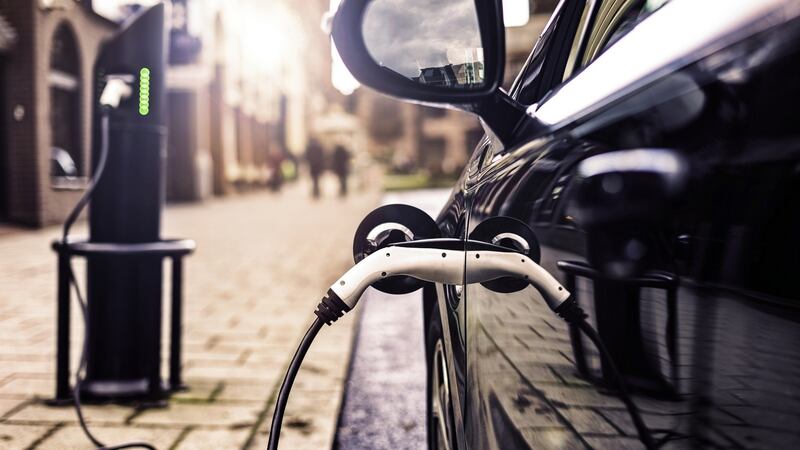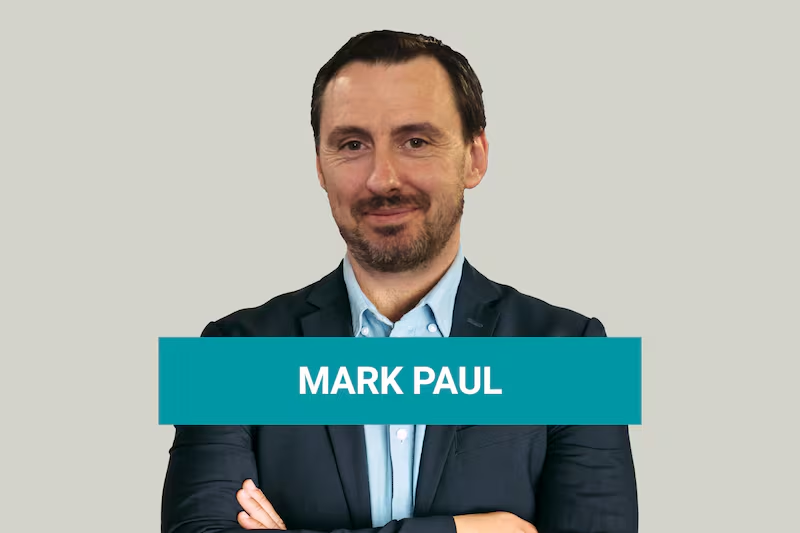Great progress has been made in the decarbonisation of Ireland’s electricity system but more remains to be done in relation to heat and transport.
ESB head of regulatory affairs and corporate strategy Peter O’Shea says: “We are at the forefront of climate action in electricity. Where we fall off is in transport and heating.
“One of the things which is not heralded enough in Ireland is the massive change in the electricity system which has happened over the past number of years.
“There will be 40 per cent renewables on the system by this time next year, from a standing start 15 years ago.”
This is quite an achievement by international standards. “There are criticisms which could be levelled at Ireland in relation to climate action, but electricity has more than pulled its weight,” says O’Shea.
“We have the second highest wind penetration in Europe. Only Denmark has a higher level of penetration, but they have the advantage of being connected into the German and Scandinavian electricity networks, which helps them manage the level of intermittent sources on the system.”
Targets
That is only the beginning though. “The target for 2030 is 70 per cent,” O’Shea adds. “The system will have to be capable of operating with around 95 per cent renewables on an instantaneous basis. That’s a big ask, but our ambition for the electricity system has been big all the way through.”
He points out that electricity generation now accounts for 20 per cent of Ireland’s carbon emissions, while heat and transport account for a further 20 per cent each. “A simple strategy to address the 40 per cent of our emissions that come from these sources is to use decarbonised electricity to power heat and transport,” he adds. “If we use clean electricity to power a significant amount of our heat and transport needs, that would enable the electricity system to address up to 60 per cent of the country’s carbon emissions.”

Getting there is the issue. “Even with the current electricity system, it’s still more than twice as carbon-efficient to drive an electric vehicle one kilometre than it is to drive a car powered by an internal combustion engine,” says O’Shea. “The same applies to a heat pump for a home. As we move from 40 per cent to 70 per cent renewals on the system, it gets more and more carbon-efficient. There is no way that internal combustion engines can match an electric car, no matter how much more efficient they become.”
Reaching that 70 per cent target will involve major change. “It will require further onshore wind and a significant investment in offshore. We have a joint venture with Park Wind for the Oriel wind farm off the coast of Co Louth, and we also have options for wind farm developments off both the east and west coasts. Solar will be part of the mix but not a major part.”
Heat pumps
Heat pumps offer cheap and carbon-efficient energy to householders. “A heat pump looks like an air-conditioning unit attached to the side of a house,” O’Shea explains. “It works in the same way as air-conditioning or a fridge. It takes heat from the air outside the house and uses it to heat the inside. Air always contains some heat and a pump can heat a house even on the coldest of winter days. You get four units of energy back for each unit of electricity you put in. As the amount of renewables on the system increases, the more carbon-efficient it becomes.”
Heat pumps should be installed in all new homes. “If you build them now with fossil-fuel heating, you will just have to replace it later. The real problem is how we deal with existing homes but if there is a pipeline of two million retrofits to be carried out over the next 20 years – you could see an industry sector developing around that.”
Electric vehicles
While the Government’s target of having up to one million electric cars on the roads by 2030 is challenging, it may actually be of assistance in the eventual full decarbonisation of the electricity network. “One terawatt hour of electricity will be required to power one million cars,” O’Shea notes.
“We currently consume 26 terawatts, so it is certainly possible to generate the additional power. But electricity is a unique product in that it has to be consumed as soon as it is produced. You have to balance supply with demand.
“Traditional systems were controlled from the supply side, but this will not be possible with ever-increasing amounts of intermittent renewables. Electric cars may change that equation. If owners make them available to put power from their batteries back on the network when required, they could become a vast distributed battery. That would enable us to control the demand side. The owners would be rewarded for doing that and contributing to the decarbonisation of electricity.”
Find out how ESB is creating a brighter future at esb.ie/brighter-future


















